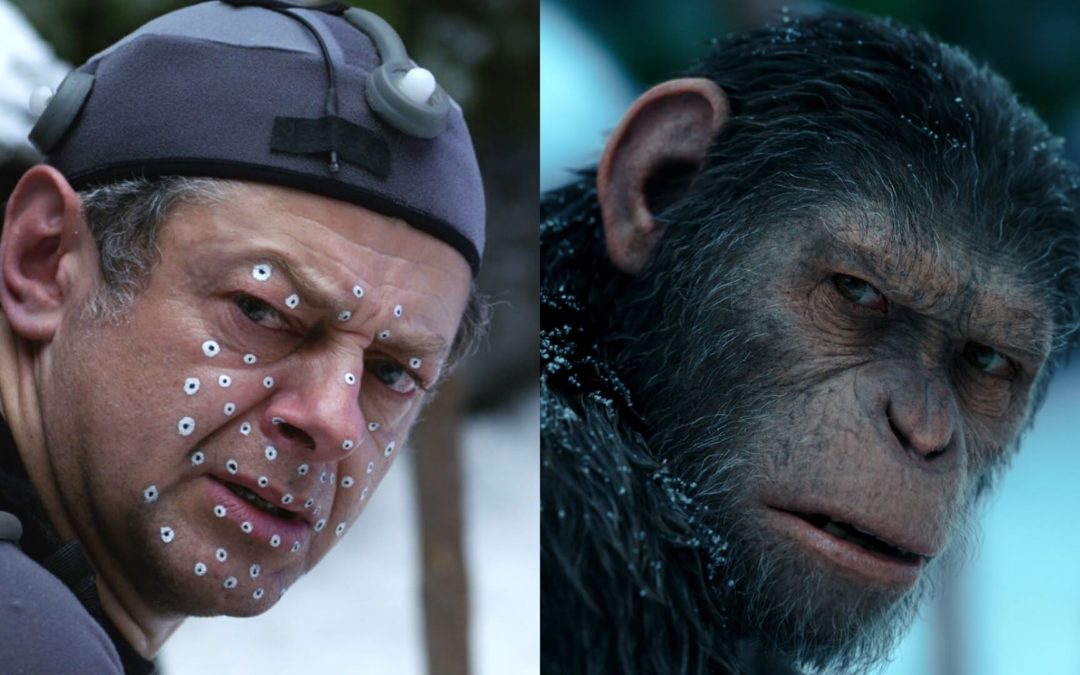What is Visual Effects?
At its core, Visual Effects (abbreviated VFX) is the process by which digital imagery is created to manipulate or enhance real world footage that has been filmed with a video camera. Visual effects involve the integration of video camera footage and generated imagery to create environments which look realistic, but would be dangerous, expensive, impractical, time consuming or impossible to capture on film.
Visual Effects Are Not Just Limited To Big Block Buster Films, They Are Commonly Seen In Television Commercials, Broadcast Series, Architecture, Advertising And More
WHY WORK IN VISUAL EFFECTS?
Maybe because it’s a career that involves the perfect mix of story telling, cutting-edge technology and creativity. It could also be because you love films and want to hang out on set surrounded by movie stars. Maybe you want a career that allows you to travel the world or even work remotely from home. Or maybe it’s because you love drawing and building things with your hands and on the computer. There are so many reasons why you would want to work in Visual Effects and there are dozen of possible career paths open to you across multiple industries.
Important Skills needed to become a VFX artist
There are plenty of jobs available to people in the visual effects industry. For those of you interested in the more creative and technical roles there are definitely some important skills you should focus on early in your training. The skills I’m referring to are not related to software and technology. Those will come later when you really start digging into your training. However, a solid foundation in the following skills will help you for years to come:
- Composition and light
- Visual Aesthetics
- Drawing
- Sculpture & Anatomy
- Mechanics and Movement
- Passion for Film
- Real world observation
- Communication skills
- Photography
How Do I Start Learning Visual Effects?
Traditionally speaking, there are two main ways to start learning Visual Effects. Go to a school, or teach yourself at home. It’s very easy to find persuasive case studies for both learning paths so which should you choose?
Regardless of which approach to learning vfx you take, the most important thing to do is start.
Regardless of which approach to learning you take, the most important thing to do is start. It’s that simple. Pick up a book, start sketching, watch and analyse a movie, watch documentaries about visual effects, attend local events. Just get started.
Some Words for Parents and Guardians
If you have read this far, then it’s clear that you care, but it also means that you are probably still a bit confused by all this and just want to make sure the right decisions are made. The Visual Effects industry is relatively new and there are so many avenues into this industry crossing creative and technical skills, so it’s a lot to take in but here are some key points you should remember:
- the visual effects industry opens a lot of doors to travel around the world.
- there are plenty of opportunities out there, and it’s not slowing down
- skills learned at Visual Effects schools are not just for films. Television, Advertising, Architecture, Automotive Industry, Medical, Games, use lots of VFX and these are only set to grow over the years.
- career progression into senior management roles is quite common. There are studio executives that started as runners and junior artists.
- visual effects artists can win Oscars, help solve medical problems, visualise cities and even space. Imagination really is the only limit here these days
- so please make sure to support your children with their own creative projects whether it’s film, drawing, music, writing, technology or gaming. It all helps.
Thanks for reading this guide. I plan to keep updating this often to make sure it remains relevant and helpful. Please reach out to me via the comments section with any suggestions or questions.


